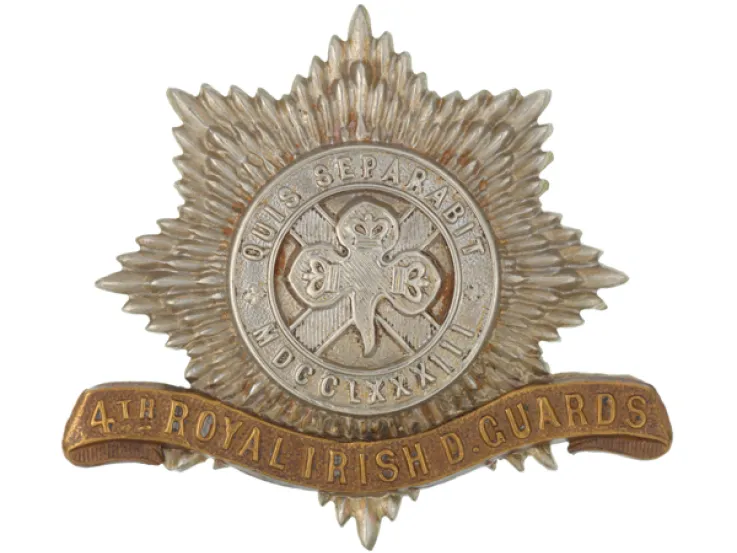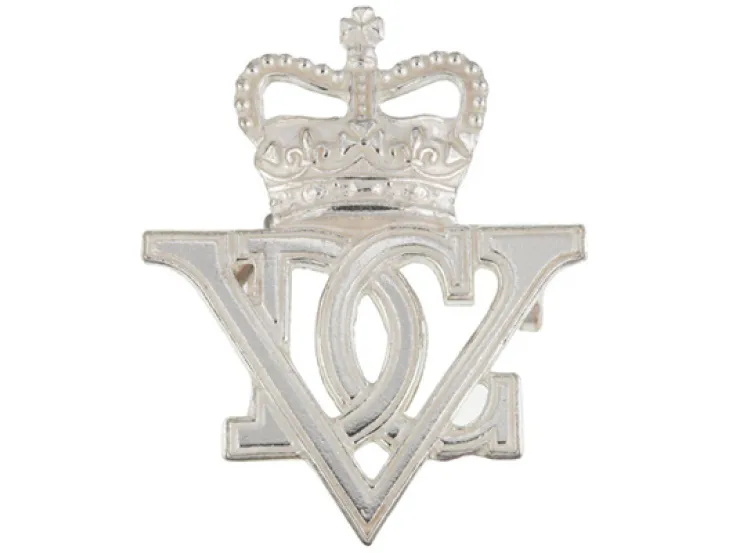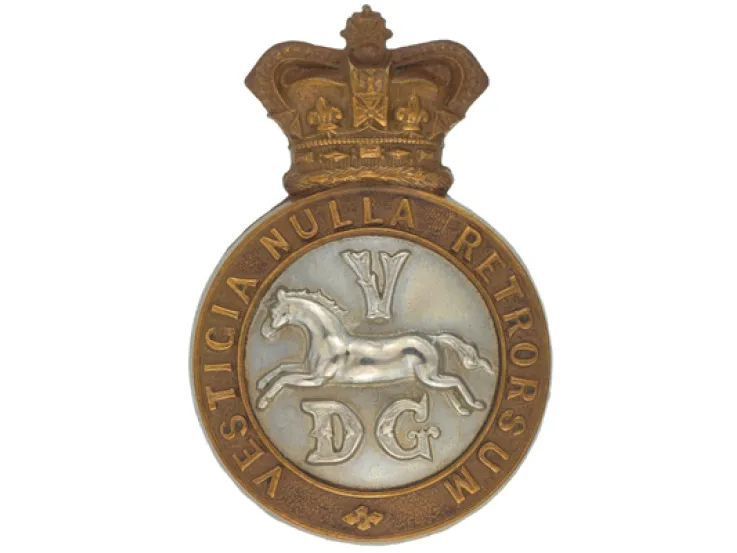Origins
In 1685, Thomas Hickman-Windsor, 1st Earl of Plymouth, formed a troop of cuirassiers to help suppress the Duke of Monmouth's revolt against King James II. Later that year, this troop was merged with five others to form a regiment, initially ranked as the 4th Horse.
After James was deposed, the regiment fought for his rival and successor, King William III. It served at Steenkirk (1692), Landen (1693) and Namur (1695) during the Nine Years War (1689-1697).
18th century
During the War of the Spanish Succession (1702-13), the regiment fought at Schellenberg (1704), Blenheim (1704), Ramillies (1706), Oudenarde (1708) and Malplaquet (1709). It spent the next 30 years mainly on peacetime duties, although it also helped suppress the 1715 Jacobite Revolt.
In 1746, it was converted into a dragoon guards regiment, before being renamed the 3rd Regiment of Dragoon Guards in 1751.
During the Seven Years War (1756-63), it fought in Germany at Minden (1759), Corbach (1760), Warburg (1760) and Vellingshausen (1761). In 1765, it took on the title of the Prince of Wales, who would later become the Prince Regent and then King George IV.
In 1793, the regiment joined the Flanders campaign against Revolutionary France. It saw action at the Siege of Dunkirk (1793), Cantilon (1794), Villers en Cauchies (1794), Beaumont (1794) and Willems (1794).
19th century
From 1809 to the end of the Napoleonic Wars (1803-15), it was in the Peninsula, serving at Talavera (1809), Busaco (1810), Torres Vedras (1810), Albuera (1811), Badajoz (1811), Ciudad Rodrigo (1812), Salamanca (1812), Burgos (1812) and Vitoria (1813).
The regiment then spent most of the 19th century on home service. It charged rioters in Bristol in 1831 and was kept in Ireland on garrison duties during the Crimean War (1854-56).
However, it did deploy to India from 1857 to 1868, and from 1884 to 1895. In 1868, it was also the only British cavalry unit to participate in the Abysinnia Expedition (1867-68).
20th century
The regiment was deployed to the Boer War (1899-1902) from 1901 to 1902, taking part in the anti-guerrilla operations in the Transvaal and Orange Free State. It then spent time in Ireland, England and Egypt on garrison duties.
The 3rd Dragoon Guards arrived on the Western Front in October 1914. It remained there for the entire First World War (1914-18), taking part in many engagements including the first and second battles of Ypres (1914 and 1915), Loos (1915), Arras (1917), Cambrai (1917), St Quentin (1918) and Amiens (1918).
In 1919, the regiment began a two-year deployment to Ireland during the Irish War of Independence (1919-21).
Legacy
In 1922, the regiment was merged with the 6th Dragoon Guards (Carabiniers). Both units were in India at the time. The new force was initially known as the 3rd/6th Dragoon Guards, but six years later it adopted elements of both predecessor regiment's names, becoming the 3rd Carabiniers (Prince of Wales's Dragoon Guards).
Regimental museums
The National Army Museum works with a network of Regimental and Corps Museums across the UK to help preserve and share the history and traditions of the Army and its soldiers.
Discover more about the 3rd Dragoon Guards (Prince of Wales's) by visiting the Royal Scots Dragoon Guards Museum at Edinburgh Castle and the Cheshire Military Museum in Chester.













